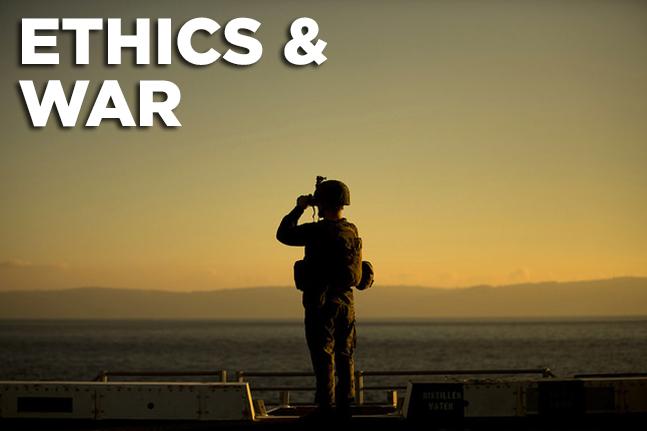Periodical
English

Enhancing Protection: A 5-Step Framework
To build and manage an effective protection response for civilians, follow these cyclical steps:
- Problem Analysis & Priority Setting
- Defining General Objectives & Strategy
- Setting Specific Objectives
- Implementation
- Monitoring & Evaluation
This process adapts to changing circumstances through continuous reassessment.
1. Problem Analysis & Priority Setting
Key Questions:
- Who is affected? (Victims/vulnerable groups)
- What violations/abuses occur?
- Where do they happen?
- Why do they happen? (Root causes, perpetrators’ motives)
Analysis Includes:
- Patterns of abuse (systematic vs. isolated incidents)
- Legal protections and vulnerabilities (e.g., women, children, displaced persons)
- Contextual factors (conflict dynamics, institutional weaknesses)
Feasibility Check:
Before acting, assess:
- Access to victims and safety for staff
- Dialogue opportunities with authorities
- Coordination with other actors to avoid duplication
Priority Criteria:
- Severity of violations
- Organizational mandate/resources
- Expected impact
2. Defining General Objectives & Strategy
Objectives Should Be:
- Realistic (1–5 year timeframe)
- Clear about intended outcomes for victims
Three Levels of Intervention:
- Responsive Action: Stop ongoing abuses (e.g., negotiating ceasefires).
- Remedial Action: Restore dignity (e.g., trauma care for survivors).
- Environment-Building: Long-term prevention (e.g., legal reforms).
Modes of Action:
- Persuasion: Confidential dialogue with authorities.
- Support: Technical/financial aid to authorities.
- Substitution: Direct intervention if authorities fail.
- Mobilization: Engage external actors (e.g., UN, NGOs).
- Denunciation: Public condemnation as a last resort.
Example Strategy: Addressing sexual violence in IDP camps might combine legal advocacy (persuasion), survivor support (substitution), and awareness campaigns (mobilization).
3. Setting Specific Objectives
Translate strategy into measurable actions. Example:
| Overall Goal | Stop army attacks on civilians |
|---|---|
| Phase 1 | Build dialogue with authorities |
| Activities | Engage military leaders, assess community needs |
| Phase 2 | Document violations, train army on laws |
4. Implementation
Requirements:
- Adequate staffing (balance expatriate/national roles).
- Long-term commitment (years, not months).
- Coordination with stakeholders (NGOs, communities).
Challenges:
- Security risks for national staff.
- Avoiding duplication with other agencies.
5. Monitoring & Evaluation
Purpose:
- Track progress and adapt strategies.
- Measure impact (e.g., reduced violations).
Indicators:
- Quantitative: Number of documented cases.
- Qualitative: Victim testimonies, authority compliance.
Example (Colombia):
- Zones were prioritized based on violence levels.
- Multidisciplinary teams tracked safety perceptions and perpetrator engagement.
Key Takeaways
- Holistic Approach: Combine legal, medical, and psychosocial responses.
- Adaptability: Reassess priorities as contexts evolve.
- Collaboration: Leverage partnerships for broader impact.


